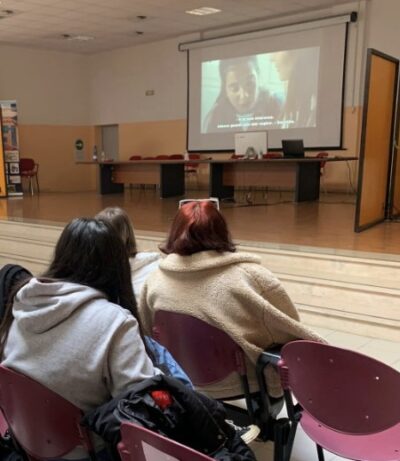gender/sexuality/italy 9 (2022) – Table of Contents
Nicoletta Marini-Maio, Journal Editor
Paola Bonifazio, Invited Perspectives Editor
Giovanna Maina, Sergio Rigoletto, and Federico Zecca, Guest Editors
Erica Moretti and Colleen Ryan, Reviews Editors
Guido Capaccioli, Samantha Gillen, and Lisa Dolasinski, Managing Editors
Beatrice Basile, Leonardo Cabrini, Deion Dresser, and Valerio Rossi, Assistant Editors
Journal Editorial
PAOLA BONIFAZIO, University of Texas at Austin
GIOVANNA MAINA, Università degli Studi di Torino
NICOLETTA MARINI-MAIO, Dickinson College
SERGIO RIGOLETTO, University of Groningen
FEDERICO ZECCA,



